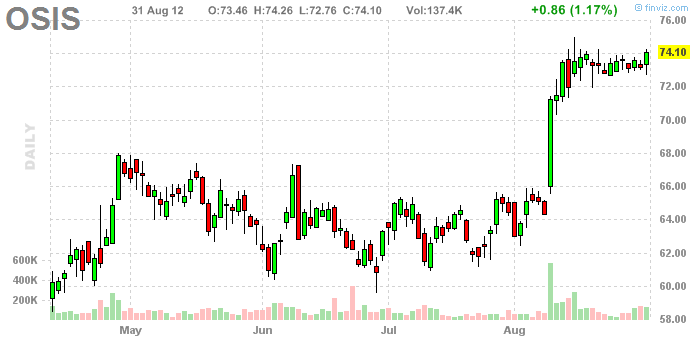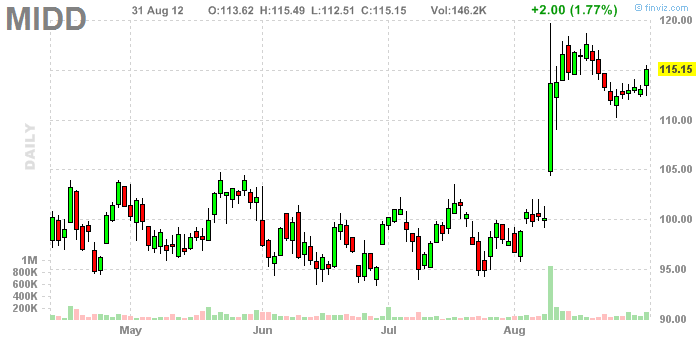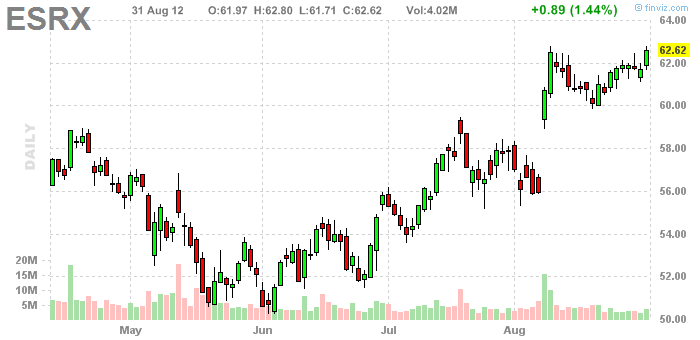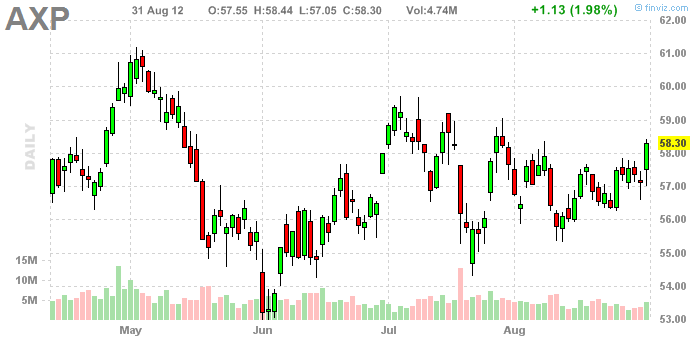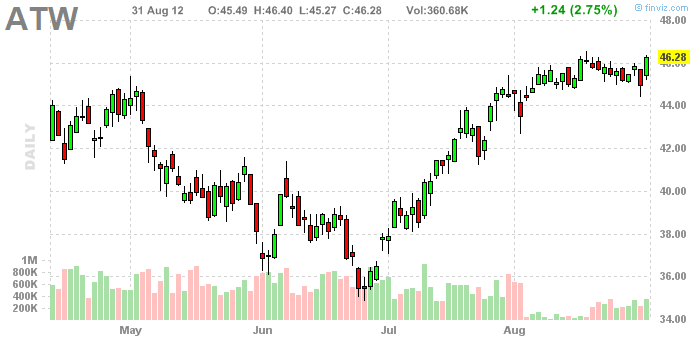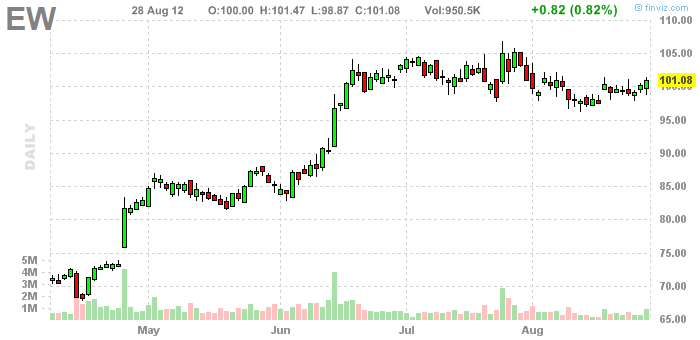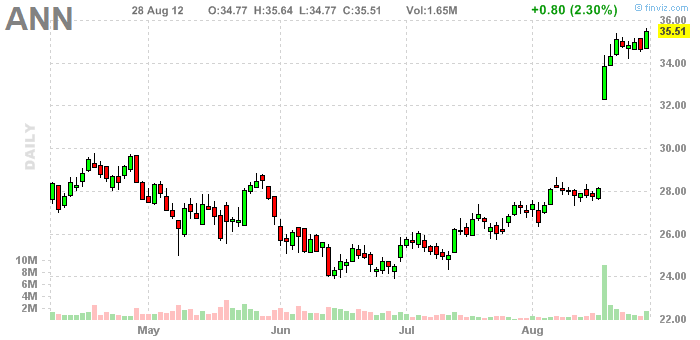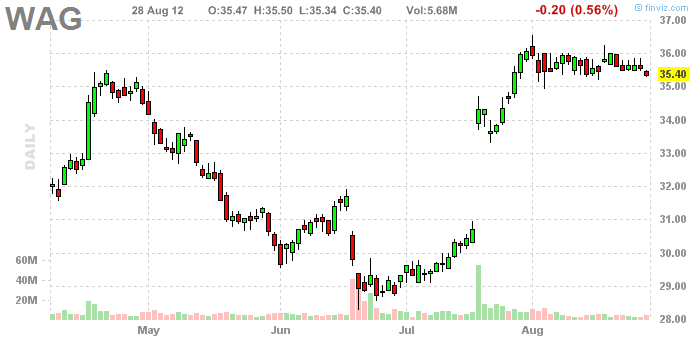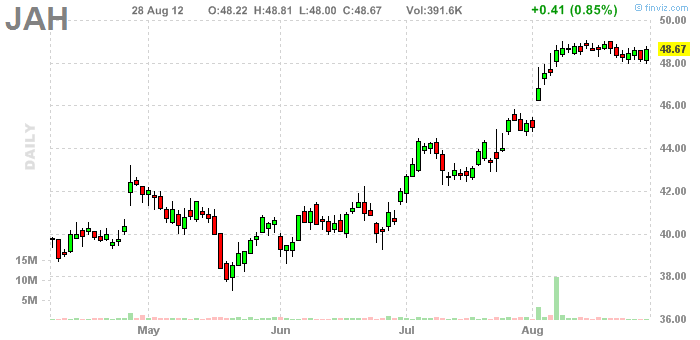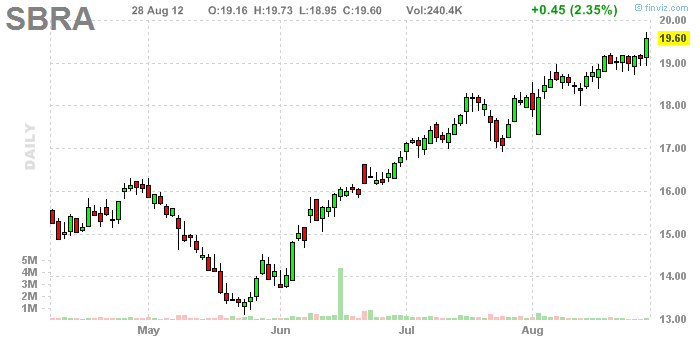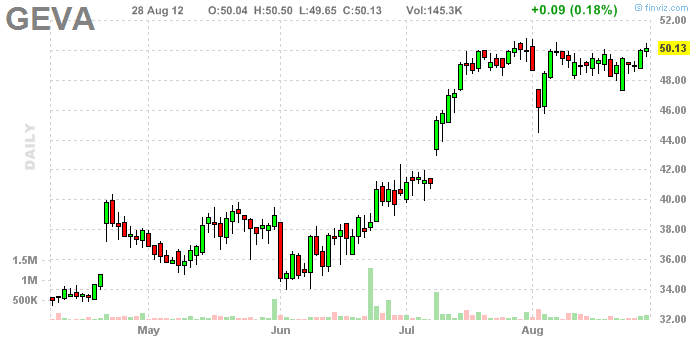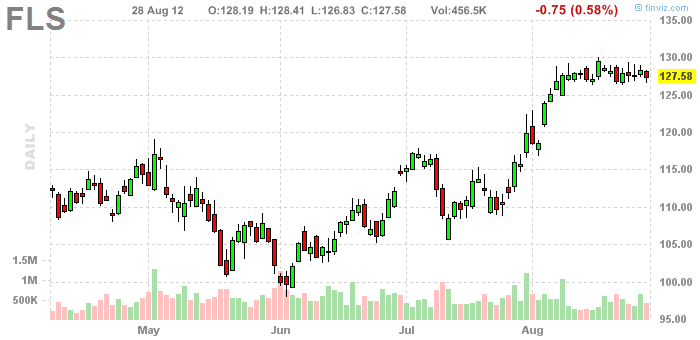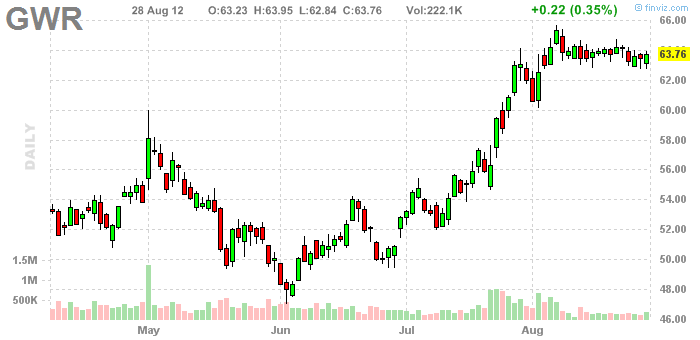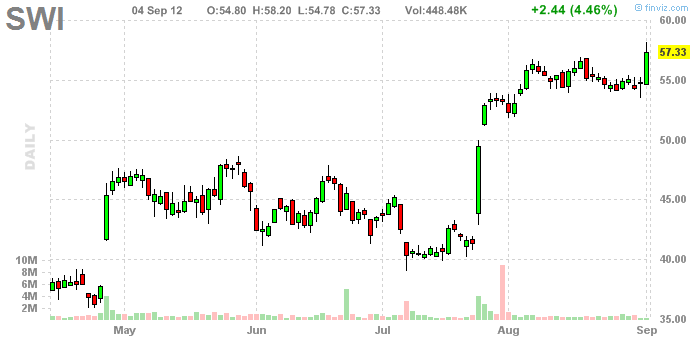Oil
Southridge Announces Major Multi-Million Dollar Expansion of Cinco Minas Mill to 500 Ton per Day (tpd)
Marketwire 'Press Releases' DALLAS, TX -- (Marketwire) --
09/10/12 --
Southridge Enterprises Inc. (PINKSHEETS: SRGE) ('Southridge' or the 'Company') today announced it has begun a Multi-million Dollar expansion of its
Cinco Minas Mill (CMM) located at Cinco Minas,
Jalisco, Mexico. The new facility's high efficiency expansion will raise full production capacity to 500 ton per day (tpd), a more than 8 fold increase from the current 60 tpd production level, by the end of 2013.
The expanded CMM design and layout is complete and foundations are now under construction. All the major system components have been requisitioned and are confirmed for transfer and delivery to the Cinco Minas property. The required secondary facilities including buildings, electrical power, water and road access, are also nearing completion. Additionally, the CMM environmental permitting processes are moving forward rapidly and the Mexican Governmental Agencies have commented that they are satisfied with the progress and the diligent care demonstrated in the Company's environmental protocols and safety programs. The Company has taken a critical success factor approach in the planning of this major expansion of the
Cinco Minas Mill by the commitment to maintaining current Gold and Silver production levels during the construction period. The CMM 500 ton per day (tpd) project, which will be developed and implemented in various phases over the following year, is scheduled for completion by November, 2013, at a total budgeted cost of
$21-$23 million.
Southridge's recent
$15.6 million financing, arranged within the European investment community through
Duvernoi Capital Investments Inc. ('DCII'), has begun with the advance of the first tranche of
$4.8 Million. The funds will be used exclusively for CMM 500 ton per day (tpd) Mill construction.
The CMM expansion is being led by Southridge's Engineering professionals and the Mill Assessment Committee (MAC). With Phase I already well underway, the project team has been carefully ensuring that quality, technology, safety and proficiency are incorporated into every aspect of the expansion. Southridge has already begun the hiring process to fulfill the construction manpower required with 18 new employees now in place. The Company expects to add another 35 employees, with a variety of skills and experience, to complete the construction workforce over the next year of the CMM expansion.
'We believe the factors driving long-term growth in Gold & Silver demand are unlikely to reverse,' said Company President and CEO,
Michael Davies. 'The goal moving forward is to bring the Company's shareholders added value by increasing revenues, using economies of scale to reduce costs and expand our mineral resources through exploration.'
In conjunction with the mill expansion project, the Company hosted a several day visit of two research and mining analysts at the Cinco Minas -- Gran Cabreara Gold and Silver Mines. At Cinco Minas, the analysts attended the ground-breaking ceremony that officially launched the commencement of the 500 tpd mill expansion construction.
Southridge recently announced that the 2012 4th Quarter Earnings and Production values at Cinco Minas. In fiscal 2012, the Company processed over 9,000 tons of ore and recorded revenues of
$3.14 Million. Subsequent to the completion of the 500 tpd facility in 2013 and assuming full capacity operations and stable metal prices and grades, the Company has projected its 2014 production revenues to exceed
$60 Million.
In other recent Company developments, the anticipated and long-awaited public update at the Mexican Mining Registry of the Cinco Minas mineral concession ownership being duly reflected in Southridge's name is now complete. Also, the Company had now engaged the necessary professional services to migrate and up-list the Company's reporting status back to the Over-The-Counter Bulletin Board. It is anticipated that this process will be complete before the end of 2012.
Additionally,
Mathers Research has initiated research coverage of Southridge, with a 'Speculative BUY' Opinion and a near term price target of
$0.20 cents per share.
The Mathers Research report is available as a free download on the Mathers Research Website @
http://mathersresearch.com/srge-report.
For further information on the Company's Gold and Silver projects, visit our website:
http://www.southridgeminerals.com.
Southridge Investors can access the following Southridge Minerals social media channels:
YouTube Cinco Minas Mexico Project:
(
http://youtu.be/R6P8oght4Ik)
(
http://youtu.be/o2LfLaSu8ww)
Facebook:
(
http://www.facebook.com/pages/Southridge-Minerals-Inc/163457600376466)
Twitter: (
http://twitter.com/SouthridgeSRGE)
About
Southridge Minerals, Inc. (PINKSHEETS: SRGE)
Southridge Minerals, Inc. is a U.S.-based mineral exploration company dedicated to acquiring and developing mineral resources in geologically permissible and politically stable areas of the world. The Company seeks out early stage opportunities with good mineralization indicators that exhibit significant blue-sky potential. Southridge pursues and advances these projects that are or will be of interest to mid-size and major producers. By forming alliances on individual projects, the Company expects to develop its interests in mines operated by its partners, allowing it to continue to build value through continued exploration. Southridge is currently focused on projects in
Mexico.
What sets Southridge apart is its vast experience in
Mexico and the knowledge of the geological conditions and formations pertaining to known large gold deposits that have received very little attention to date. This comparative advantage, combined with a specific geographical and mineral focus, will allow for more efficient asset and income growth in the future for the benefit of shareholders' investments.
Forward-Looking Statements
Although the Company believes that the forward-looking statement of beliefs, plans, expectations, and intentions contained in this press release are reasonable, there can be no assurance those beliefs, plans, expectations or intentions will prove to be accurate. Investors should consider all of the information set forth herein and should also refer to the risk factors disclosed in the Company's published current and periodic reports.
Contact:
Southridge Enterprises Inc.
Investor Relations
Tel. (214) 699-6255
Email: info@southridgeminerals.com
http://www.southridgeminerals.com
Source:
Southridge Enterprises Inc.


